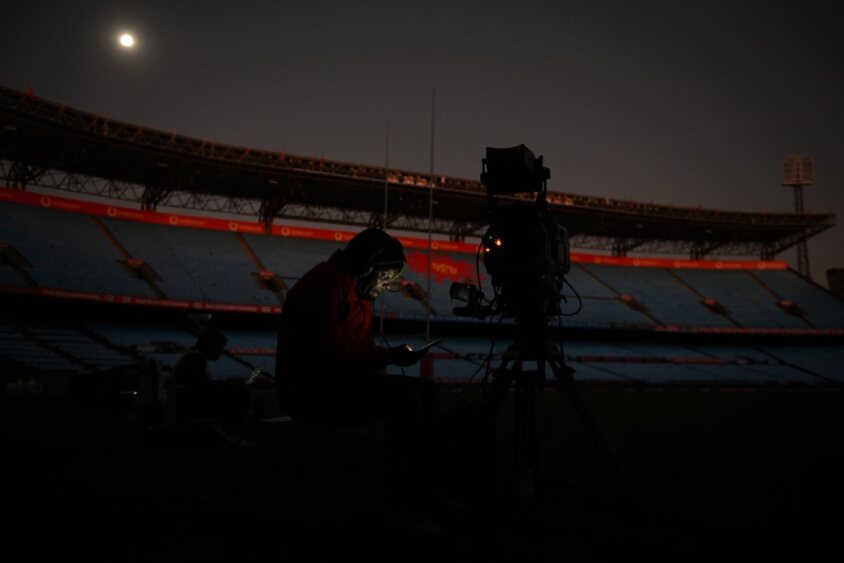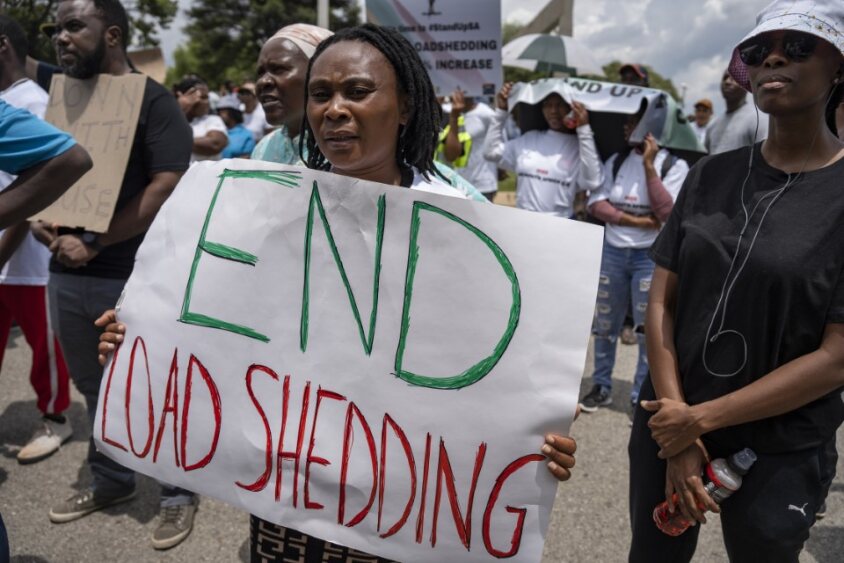Southern Africa’s energy crisis
Southern African countries are facing critical region-wide power shortages, made worse by the lack of cohesion between national energy policies.

In a nutshell
- The SADC is grappling with severe energy challenges
- South Africa’s power outages have affected regional trade
- The region lacks a cohesive strategy to tackle the issue
The Southern African Development Community (SADC) is grappling with a severe energy crisis. Governments throughout the region are struggling to consistently supply electricity, which is essential for powering their economies and furthering regional economic integration. Historically, the region has faced challenges ensuring that the vast majority of its population – particularly those in rural areas lacking basic infrastructure – have access to electricity. Currently, only about 50 percent of the SADC region has access to electricity, underscoring the urgent need to ramp up electrification efforts.
Recent electricity outages, spurred by poorly maintained infrastructure and slow shifts to renewable energy sources, have exacerbated this already pressing issue. This is not just a matter of access: these outages also threaten to push many further into poverty due to stunted economic growth.
Regional issue
In the past few years, South Africa, for instance, has suffered electricity outages leaving many without power for up to 10 hours a day. In 2022 alone, the nation faced 200 days of electricity outages. This not only dampened economic growth but also negatively affected various industries, leading to a drop in overall productivity. The ripple effects of South Africa’s power crisis extend far beyond its borders, given its role as the economic powerhouse of the SADC.
South Africa occupies a central position in regional trade, and many neighboring countries depend on its ports and logistics network. If its logistics infrastructure underperforms due to electricity outages, it can seriously delay the movement of goods across the entire region.
The intricate web of interdependence among SADC members regarding manufacturing, storage, and transport highlights means energy security can only be effectively tackled at the regional level.

The SADC region is not lacking in energy policies and strategies: the SADC Energy Cooperation Policy and Strategy was implemented in 1996, the SADC Energy Action Plan in 1997, and the Regional Energy Access Strategy and Action Plan spans from 2020 to 2030. But their implementation has been less than satisfactory. These strategies mostly emphasize a decentralized approach to electricity generation, and internal policy disagreements have often stymied progress.
South Africa’s slow move toward renewable energy, despite its advanced technological and infrastructural capabilities, exemplifies this stagnation. The nation’s policy inconsistencies and vested interests in the energy sector have held back the transition.
Rich in natural resources, including vast potential for solar energy, the SADC region has many options. However, South Africa has persistently been relying on conventional sources like coal. Historically, the country was an energy exporter, supplying nations like Botswana and Zimbabwe. But without a coordinated regional energy strategy, its current energy woes spell trouble for the entire SADC.
More by Ralph Mathekga
South Africa’s Russian ties come under scrutiny
Southern Africa awaits three pivotal elections
A cohesive regional approach to energy security has been conspicuously absent. Individual countries have often centered their strategies around domestic needs, sidelining the broader goals of regional integration and shared energy security.
Scenarios
In an optimistic vision for the SADC’s future, the region successfully capitalizes on its collective strengths and vast natural resources to overcome its current energy challenges. South Africa’s electricity crisis becomes a turning point, acting as a catalyst for transformation.
Member countries identify shared goals and regularly convene to craft policies that account for both individual and collective aspirations. They intertwine their energy matrices, ensuring that the strengths of one nation offset the vulnerabilities of another. This results in a web of energy resilience that shields the entire community from individual national crises.
Investments in sustainable infrastructure surge, and technological advancements are shared freely among member nations. A strong emphasis on renewable energy, guided by a shared commitment to sustainability, allows the SADC to tap into its bountiful natural resources. Populations are actively engaged, informed about energy conservation and motivated by regional pride.
In a pessimistic scenario, the challenges of today become exacerbated. Rather than coming together, member nations of the SADC become increasingly insular, driven by self-preservation in light of past energy crises. Regional meetings become less about collective growth and more about blame games and asserting dominance.
Domestic energy strategies take precedence, with little regard for how they might impact neighboring nations. This results in sporadic successes but fails to offer long-term stability for the region as a whole. As each nation grapples with its energy concerns, shared infrastructure projects stall.
While natural resources remain abundant, inconsistent policies, lack of investment in sustainable technologies and political disputes hinder their effective utilization. The region becomes increasingly dependent on external actors, further complicating the energy landscape. The population, witnessing the inconsistencies and frequent disruptions, becomes disillusioned, leading to a lack of trust in regional bodies.
Given the historical and political landscape of the SADC, a fusion of these two scenarios might be the most probable. While the politics of the SADC have often been characterized by a mix of cooperation and competition, the tangible benefits of energy security and the lessons from past crises may tilt the balance in favor of more collaborative endeavors.
However, complete regional integration in the energy sector may remain a challenge due to national interests and domestic politics. The most realistic outlook would see pockets of collaboration between certain SADC nations, especially those with shared borders and mutual interests, while broader, region-wide initiatives might progress at a slower pace. Still, the increasing global emphasis on sustainability and the tangible benefits of energy security might just provide the impetus needed for the SADC to make significant strides forward.




